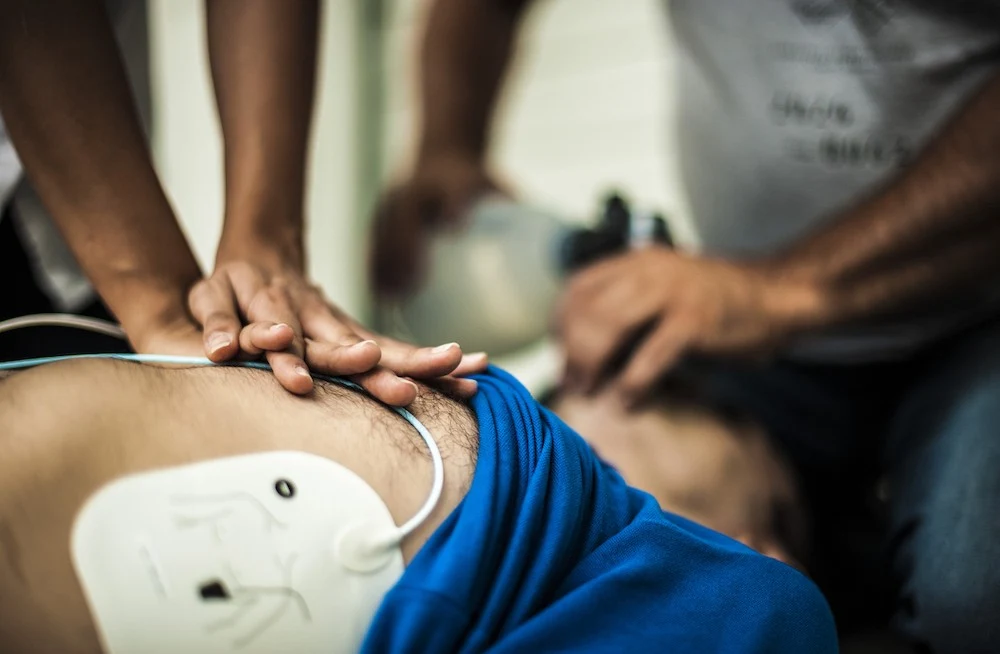Out-of-hospital cardiac arrest (OHCA) is a significant cause of mortality, primarily due to shockable rhythms like ventricular fibrillation (VF) and pulseless ventricular tachycardia (pVT). Rapid defibrillation with pads placed in anterior-posterior (AP) or anterior-lateral (AL) positions enhances survival odds and neurologic outcomes. However, many patients with shockable rhythms fail initial defibrillation attempts. While there has been extensive research on pad positioning for atrial fibrillation, no prospective studies have examined optimal pad placement for OHCA caused by VF or pVT.
A retrospective study found no significant differences in outcomes between AP and AL placements, but this may have been influenced by differing cohorts. The DOSE-VF study used an initial AL strategy and observed better return of spontaneous circulation (ROSC) and survival when switching to AP after three unsuccessful shocks. Nonetheless, it remains unclear whether the improved outcomes resulted specifically from the vector change or if AP is more effective as an initial placement.
A recent study evaluated the impact of initial defibrillator pad placement (AP vs AL) on outcomes in OHCA patients with VF or pVT. Researchers from Oregon Health & Science University (OHSU) suggest that the initial placement of defibrillator pads may significantly impact the chances of restoring spontaneous blood circulation after defibrillation.
The authors explain that the less time spent in cardiac arrest, the better because the longer the brain has reduced blood flow, the lower the chances of a positive outcome.
The study drew on data from the Portland Cardiac Arrest Epidemiologic Registry, which recorded defibrillator pad placement between July 1, 2019, and June 30, 2023. Researchers reviewed 255 cases treated by Tualatin Valley Fire & Rescue, where pads were placed either on the front and side or the front and back of the body.
The findings revealed that placing the pads on the front and back was associated with a 2.64-fold greater chance of restoring spontaneous blood circulation than placing the pads on the front and side.
While it is commonly believed that either pad position is equally effective during cardiac arrest, the researchers emphasised that this study is observational and not a definitive clinical trial. Nevertheless, the results suggest that front-and-back pad placement may offer a benefit, especially considering the urgency of reviving the heartbeat.
The key is to ensure the electrical current passes through the heart from one pad to the other. Placing the pads on the front and back might “sandwich” the heart, potentially delivering a more effective electrical shock.
However, this positioning isn’t always feasible. For instance, patients who are overweight or in positions where they cannot be easily moved may make it difficult to place the pads on their back. It can be challenging to roll people. While emergency responders may manage it, the lay public might struggle. And delivering the shock quickly remains a priority.
The research team believes these findings may prompt the medical community to invest in more research to further investigate this.
Source: Oregon Health & Science University
Image Credit: iStock







